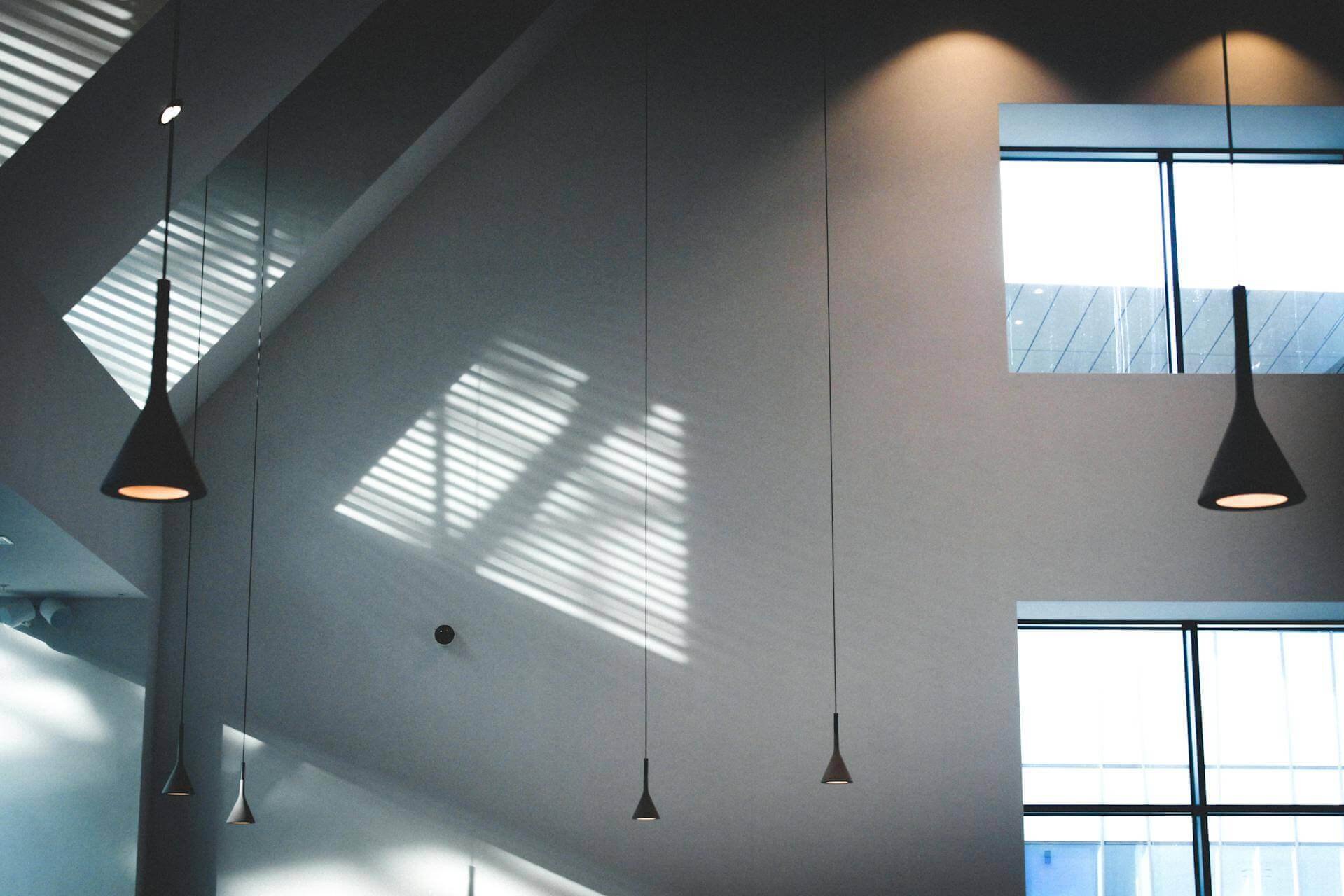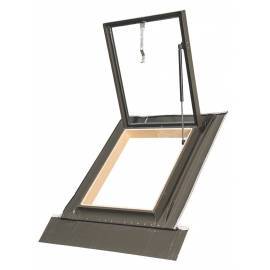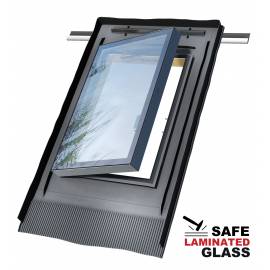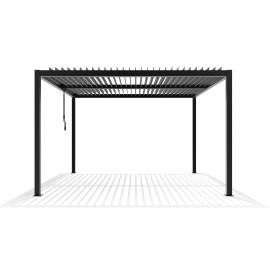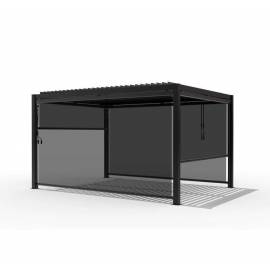Skylights have long been a captivating feature in home design, offering a unique blend of functionality and aesthetic appeal. As homeowners increasingly seek ways to enhance their living spaces, a common question arises: do skylights add value to a home? This comprehensive article will explore the multifaceted ways in which skylights can contribute to a property’s worth, from energy efficiency to improved marketability.
Table of Contents
Understanding Skylights
Before delving into their value-adding potential, it’s essential to understand the different types of skylights available. There are three main categories:
- Fixed skylights: These non-opening windows are ideal for bringing natural light into spaces where ventilation isn’t a priority.
- Vented skylights: These can be opened to allow fresh air circulation, offering both light and improved ventilation.
- Tubular skylights: Compact and versatile, these are perfect for smaller spaces or areas where traditional skylights aren’t feasible.
Skylights have evolved significantly since their early use in ancient Roman architecture. Today, they’re constructed using advanced materials like tempered glass and durable frames, designed to withstand various weather conditions while maximizing energy efficiency.
The Direct Impact on Home Value
Statistical data consistently shows that skylights can increase a home’s value. According to a study by the National Association of Realtors, homes with skylights sold for an average of 6% more than comparable properties without them. Real estate experts often cite skylights as a desirable feature that can set a property apart in a competitive market.
When compared to other home improvements, skylights offer a competitive return on investment. While a major kitchen remodel might return about 60% of its cost, properly installed skylights can recoup up to 80% of their value upon resale.
Energy Efficiency and Cost Savings
One of the most significant ways skylights add value to a home is through energy savings. By allowing more natural light into a space, skylights can reduce the need for artificial lighting during daylight hours. Energy-efficient skylights with low-E coatings can also help regulate indoor temperatures, potentially lowering heating and cooling costs.
In fact, studies have shown that homes with strategically placed skylights can see a reduction in energy bills by up to 10%. This long-term savings potential is an attractive feature for both current homeowners and potential buyers.
Aesthetic Appeal and Natural Light
The aesthetic value of skylights cannot be overstated. They transform interior spaces by flooding them with natural daylight, creating a more open and inviting atmosphere. This influx of light can make rooms appear larger and more spacious, a key selling point in real estate.
Moreover, increased exposure to natural light has been linked to improved mood and productivity. Homes that prioritize natural light often feel more welcoming and comfortable, which can significantly influence a buyer’s decision-making process.
Functionality and Versatility
Vented skylights offer more than just light; they provide crucial ventilation benefits. In bathrooms and kitchens, these skylights can help remove excess moisture and odors, improving air quality and reducing the risk of mold growth. This improved ventilation is a valuable selling point, especially in older homes that may lack modern ventilation systems.
The versatility of skylights is another factor that adds to their value. They can be installed in various rooms, from living areas to bedrooms, each installation adding a unique character to the space. With the advent of smart skylight technology, homeowners can now control their skylights remotely, adjusting light and ventilation with the touch of a button – a feature that appeals to tech-savvy buyers.
Other products in category: Fakro
£112.50 tax excl.
Other products in category: Skylights
£136.67 tax excl.
Increased Marketability
When it comes time to sell, homes with skylights often have a distinct advantage. They provide a unique selling point that can make a property stand out in real estate listings. Real estate agents frequently highlight skylights as a premium feature, using terms like “sun-drenched rooms” or “abundant natural light” to attract potential buyers.
This increased marketability can lead to faster sales and potentially higher offers. In a market where differentiation is key, skylights can give a property the edge it needs to attract discerning buyers.
Health and Well-being Benefits
The health benefits associated with natural light are becoming increasingly recognized, adding another layer of value to skylights. Exposure to natural daylight helps regulate our circadian rhythms, potentially improving sleep patterns and overall well-being. Additionally, the sun’s rays can boost Vitamin D production, which is essential for bone health and immune function.
Skylights also offer a connection to the outdoors Skylights also offer a connection to the outdoors, providing views of the sky and changing weather patterns. This connection to nature can be a significant selling point, especially in urban areas where outdoor space may be limited.
Potential Drawbacks and Considerations
While skylights offer numerous benefits, it’s important to consider potential drawbacks. The initial installation costs can be significant, depending on the type and complexity of the installation. Maintenance requirements, such as regular cleaning and occasional resealing, should also be factored into the long-term value equation.
There’s also the risk of leaks or heat loss if skylights are improperly installed or maintained. However, these issues can be mitigated by choosing high-quality products and ensuring professional installation.
ROI (Return on Investment) Analysis
When analyzing the return on investment for skylights, it’s crucial to consider both immediate and long-term benefits. While the upfront costs may be substantial, the energy savings, increased property value, and improved quality of life can offer significant returns over time.
Compared to other house improvements, skylights often provide a competitive ROI. For example, while a minor kitchen remodel might offer a 75% return, properly installed skylights can provide up to 80% return on investment, with the added benefit of ongoing energy savings.
Best Practices for Adding Skylights
To maximize the value-adding potential of skylights, consider the following best practices:
- Proper placement: Position skylights to maximize natural light without causing glare or overheating.
- Appropriate sizing: Choose skylights that are proportional to the room size for optimal light and aesthetic appeal.
- Energy efficiency: Opt for energy-efficient models with low-E coatings and proper insulation.
- Professional installation: Ensure skylights are installed by experienced professionals to prevent leaks and maximize efficiency.
- Consider built-in shades: These can help control light and heat, adding to the skylight’s functionality.
Conclusion
So, do skylights add value to a home? The evidence overwhelmingly suggests that they do. From energy savings and aesthetic appeal to improved functionality and increased marketability, skylights offer a multitude of benefits that can significantly enhance a property’s value.
While the initial investment may be substantial, the long-term returns – both financial and in terms of quality of life – make skylights a worthy consideration for homeowners looking to improve their property’s value and appeal.
Other products in category: Pergolas
£1708.33 tax excl.
Other products in category: Pergolas
£291.67 tax excl.
FAQ
How much value do skylights add to a home?
On average, skylights can increase a home’s value by 5-15%, depending on factors such as quality, placement, and local real estate market conditions.
Are skylights energy-efficient?
Yes, modern skylights with low-E coatings and proper insulation can significantly contribute to a home’s energy efficiency.
Do skylights require a lot of maintenance?
While skylights do require some maintenance, such as regular cleaning and occasional resealing, it’s generally not extensive if they’re properly installed.
Can skylights be installed in any room?
Skylights can be installed in most rooms, but some areas like bathrooms and kitchens may benefit more due to ventilation needs.
Are there any downsides to installing skylights?
Potential drawbacks include initial costs, the risk of leaks if improperly installed, and possible heat gain in summer. However, these issues can be mitigated with proper planning, quality products, and professional installation.
How long do skylights typically last?
Well-maintained skylights can last 20-30 years or more, making them a long-term investment in your home’s value.
Can skylights help sell a home faster?
Yes, skylights can be a unique selling point that attracts potential buyers and may lead to faster sales, especially in competitive markets.
Are there alternatives to traditional skylights?
Yes, tubular skylights offer a compact alternative for spaces where traditional skylights aren’t feasible, providing similar benefits on a smaller scale.
Do skylights work well in all climates?
Modern skylights are designed to perform well in various climates. However, considerations like heat gain in warm climates or heat loss in colder regions should be addressed with appropriate glazing and insulation.
Can skylights be added to an existing home, or are they only for new construction?
Skylights can be added to most existing homes, though the complexity and cost may vary depending on the roof structure and desired location.
